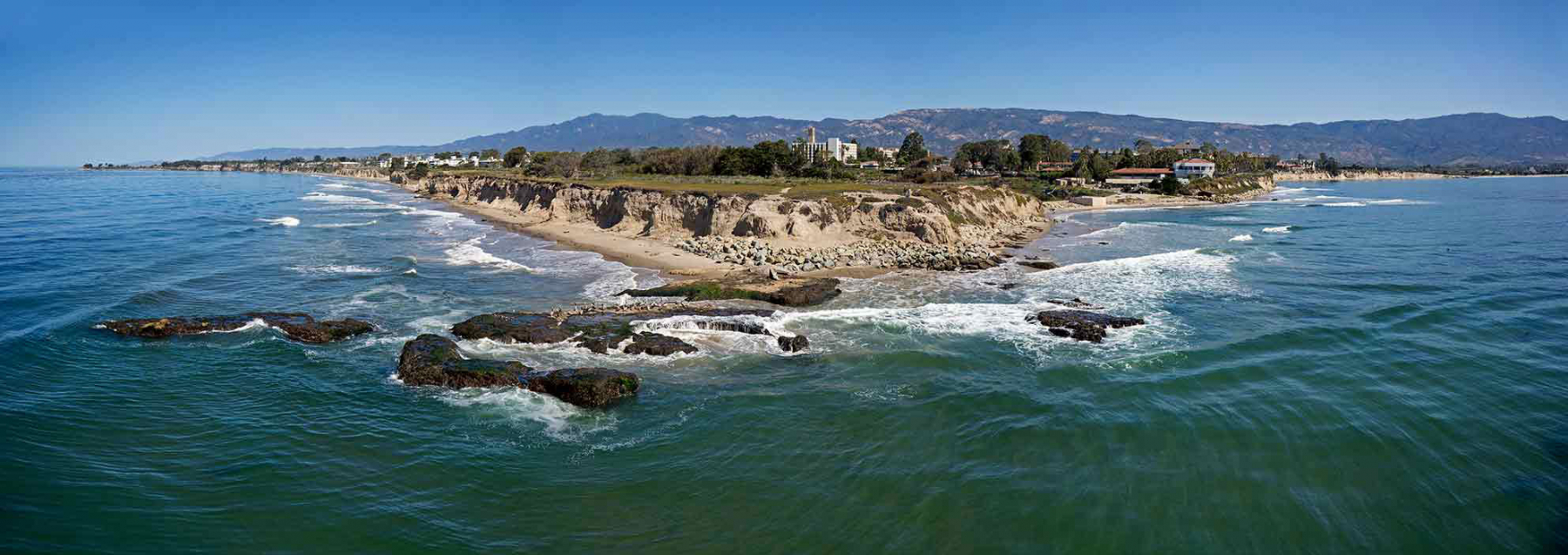About Us
All organisms must maintain genome integrity by reversing DNA damage caused by cellular metabolism, pathogens, radiation, or chemicals. Breaks in both DNA strands – Double Strand Breaks – can severely damage or kill cells. Cells respond to these lesions by engaging DNA repair pathways. These pathways are distinct, require specialized repair factors, and produce characteristic repair outcomes. How cells “choose” the right DNA repair pathway for each DSB remains an unanswered and fascinating question. Beyond simply reversing damage, the introduction and repair of DSBs is also crucial for cellular biology. Diverse cellular processes from DNA replication to meiosis proceed through DSB intermediates. Our goal is to understand the regulation of DSB repair, which we expect to not only reveal fundamental biological insights into how cells fix damage, but also translate to improved gene editing outcomes or cancer treatments. Research projects in the lab are oriented around three questions: 1) What role do Fanconi Anemia proteins play in DSB repair; 2) Does DSB repair vary in a tissue-specific manner; and 3) What role does DNA replication play in DSB repair pathway choice?
Join the Richardson Lab
Interested in joining the lab?
